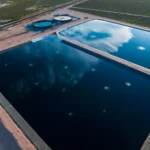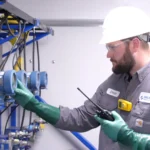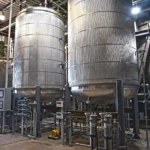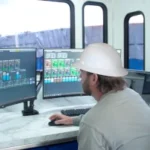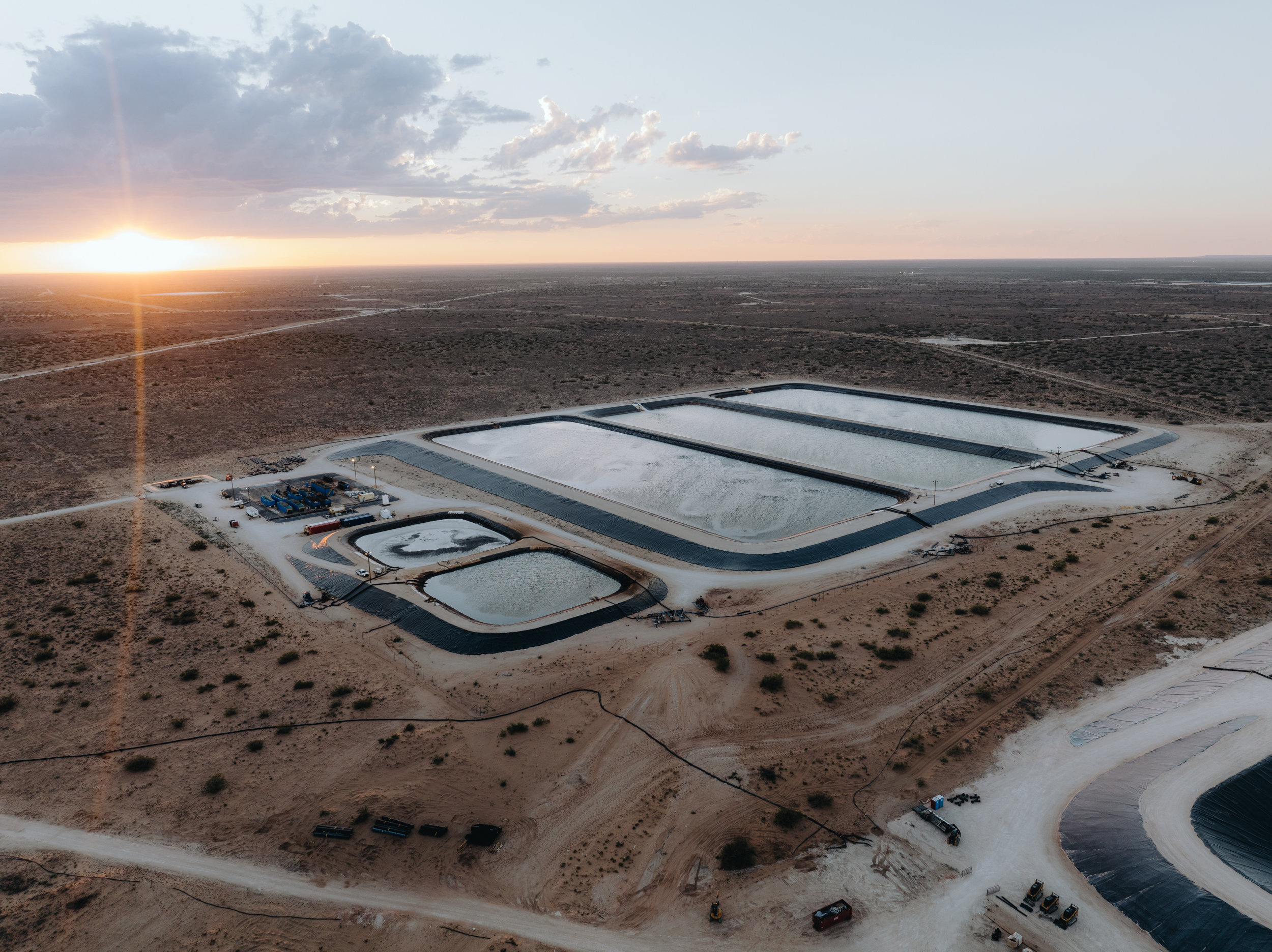
From the shift to pipeline-based water logistics to the growth of recycling facilities, the industry is evolving to meet produced water challenges. To gain a deeper understanding of where the water infrastructure market is headed, we sat down with our Chief Operating Officer, Michael Skarke.
In this Q&A, Michael shares his insights on the future of water infrastructure, the importance of long-term partnerships, and how Select Water Solutions is addressing key challenges to support the industry’s continued progress.
How do you envision our oil and gas water infrastructure projects evolving in the next 5-10 years, particularly in terms of sustainability and efficiency?
Water midstream has traditionally consisted of pipeline gathering and disposal of produced water. In recent years, this genre has expanded to include produced water recycling facilities and the pipeline distribution of treated produced water for new well completions.
This was a material change in that it represents a significantly more economically efficient and environmentally responsible way to manage produced and completion water.
Our industry has been remarkable in its ability to produce oil and natural gas more effectively and sustainably, and I expect this trend to continue in the future for both the industry and the water midstream segment.
One specific change I expect to see in the near future is larger, more interconnected water infrastructure assets. This will better support the current completion practices and allow for increase water reuse as opposed to disposal.
Can you discuss the importance of long-term partnerships with E&P companies for the success of our fixed recycling facilities?
Constructing and operating fixed infrastructure provides E&P operators with enhanced reliability at a reduced price. However, fixed infrastructure can be expensive to install, and the permitting and construction period can be lengthy. To make these investments, water midstream companies need to partner with operators to ensure support for the investment. This partnership allows the midstream provider to properly size the infrastructure assets and ensure the assets are best positioned to meet the market demand.
What are some of the key challenges in developing and investing in large-scale water infrastructure projects, and how is Select Water Solutions addressing them?
One of the biggest challenges in developing large-scale water infrastructure projects is properly sizing the asset.
Given the advances in completion techniques, fixed infrastructure installed 5 or 10 years ago can be too small to support large-scale, multi-well, simulfrac pad development. Conversely, an overbuilt system is inefficient from a capital and operating standpoint.
Therefore, correctly sizing the fixed asset base to the current and future market demand is critical in solving the current water problem.
How does our commitment to innovative water management solutions align with the broader industry trends in oil and gas?
The oil and gas industry has been relentless in its pursuit of efficiency. Well productivity is up, well costs are down, and environmental stewardship has improved. Water midstream has been at the center of this change in recent years due to social and economic pressures.
The two primary transitions for water midstream have been (1) shifting the transportation of water off trucks and onto pipelines and (2) utilizing recycled produced water for well completions in lieu of disposing of produced water and sourcing brackish water for the completion.
I expect both of these two trends to continue to gain traction in the Permian but also in other onshore U.S. basins as well.
Connect with the Water Experts on Social Media
